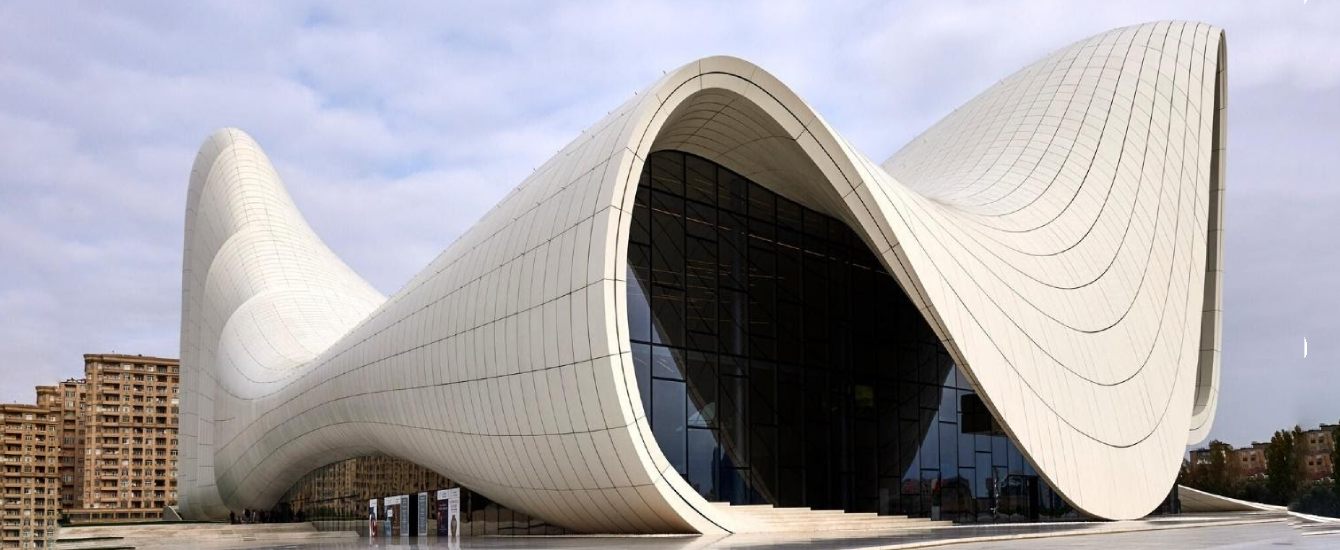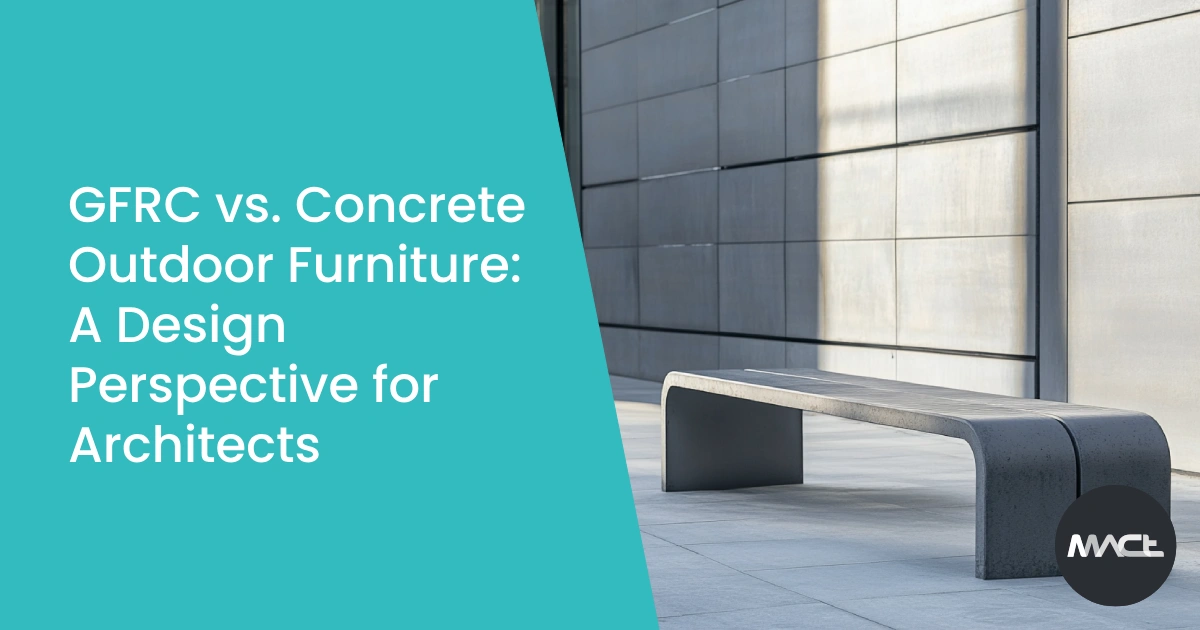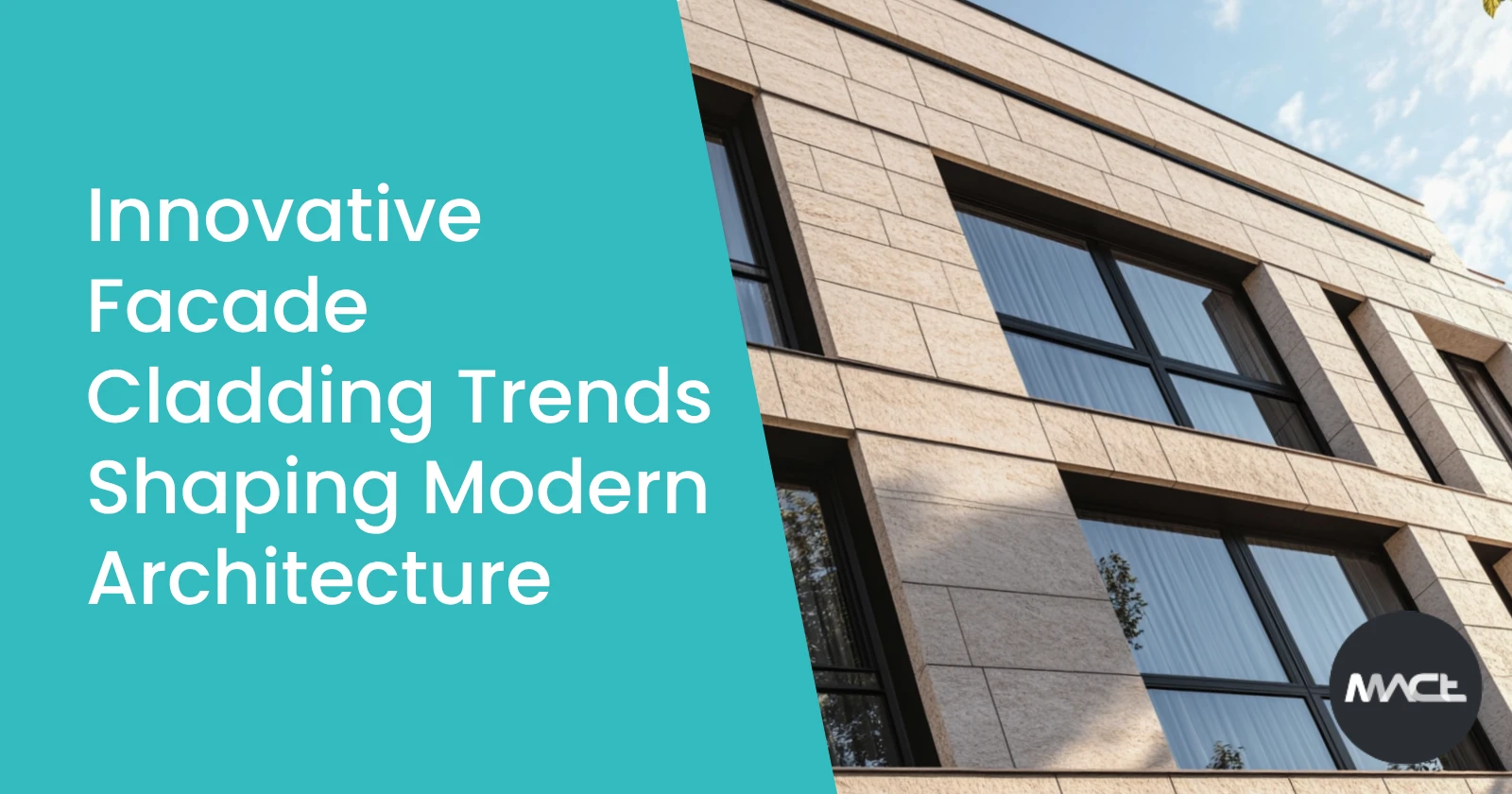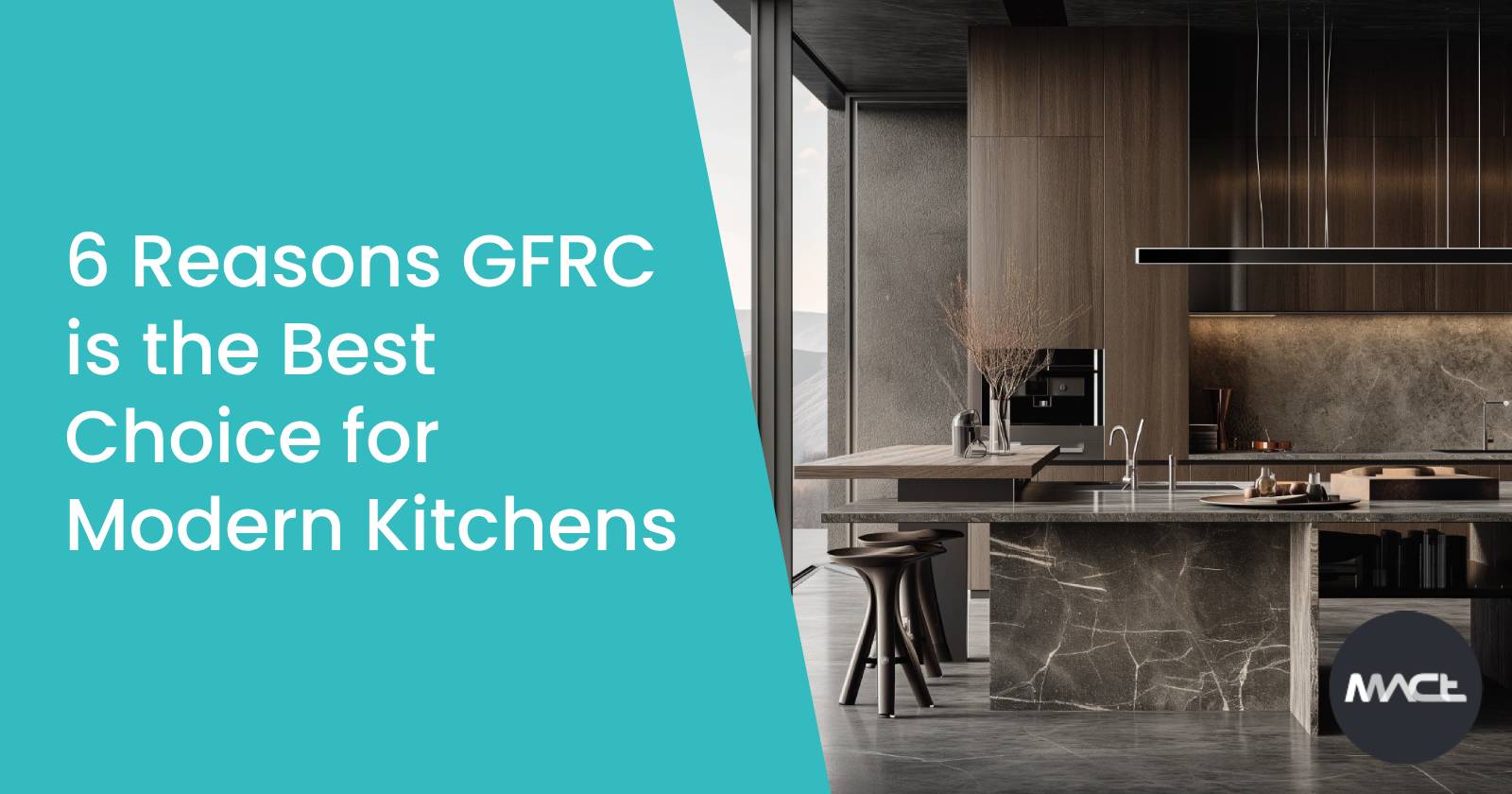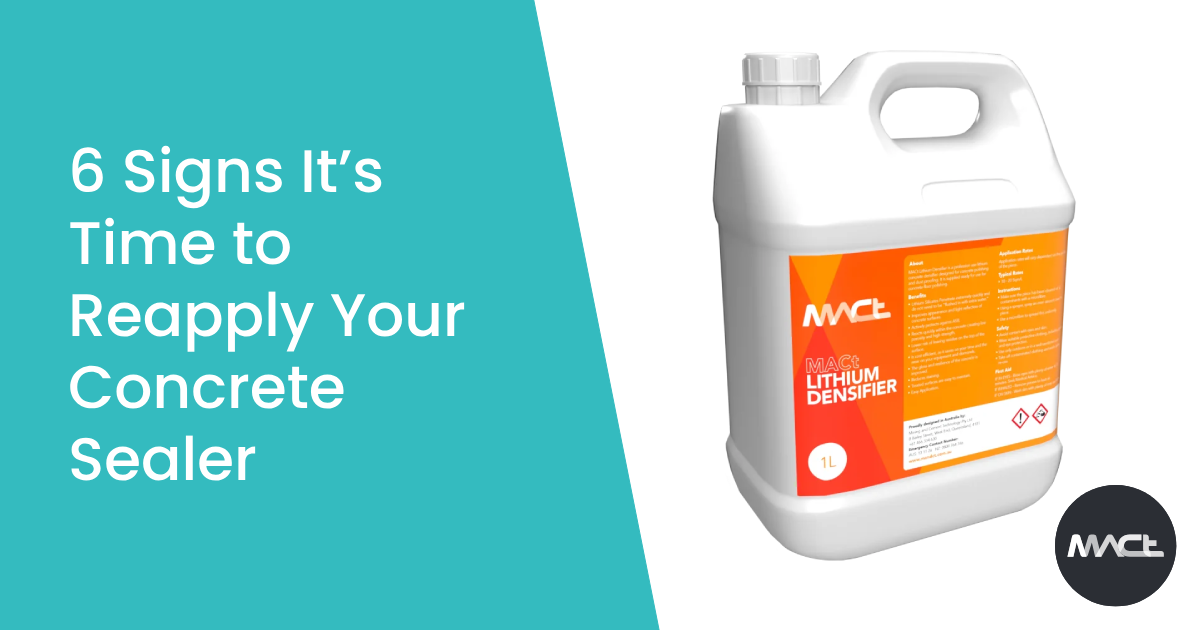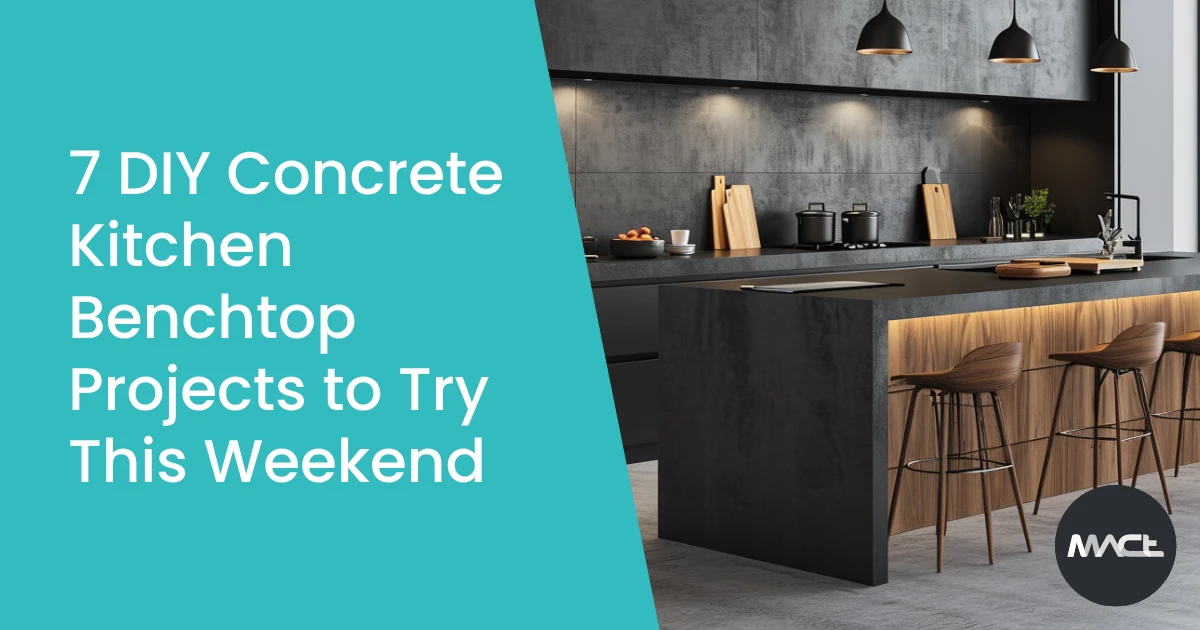The transformation of urban landscapes GFRC concrete is increasingly influenced by the adoption of innovative materials that blend aesthetics with functionality. Leading this charge is Glass Fibre Reinforced Concrete (GFRC), a pioneering material that is redefining urban architecture through its unmatched versatility and commitment to sustainability. This exploration delves into GFRC’s significant impact on urban development, spotlighting MACt’s pivotal role in harnessing this material’s potential to forge cutting-edge solutions that are shaping the cities of tomorrow
The Rise of GFRC in Urban Design
GFRC emerges as a standout material, distinguished by its exceptional strength-to-weight ratio, enduring durability, and environmental sustainability. Its capacity for being shaped into slender, lightweight panels has rendered it indispensable across a broad spectrum of urban applications. From the dynamic facades of contemporary buildings to the intricate detailing of urban decor, GFRC has become a cornerstone for developers and architects aiming to push the envelope of urban aesthetics and functionality.
Sustainability at Its Core
Aesthetic Versatility Meets Functionality
MACt's Impact on Urban GFRC Applications
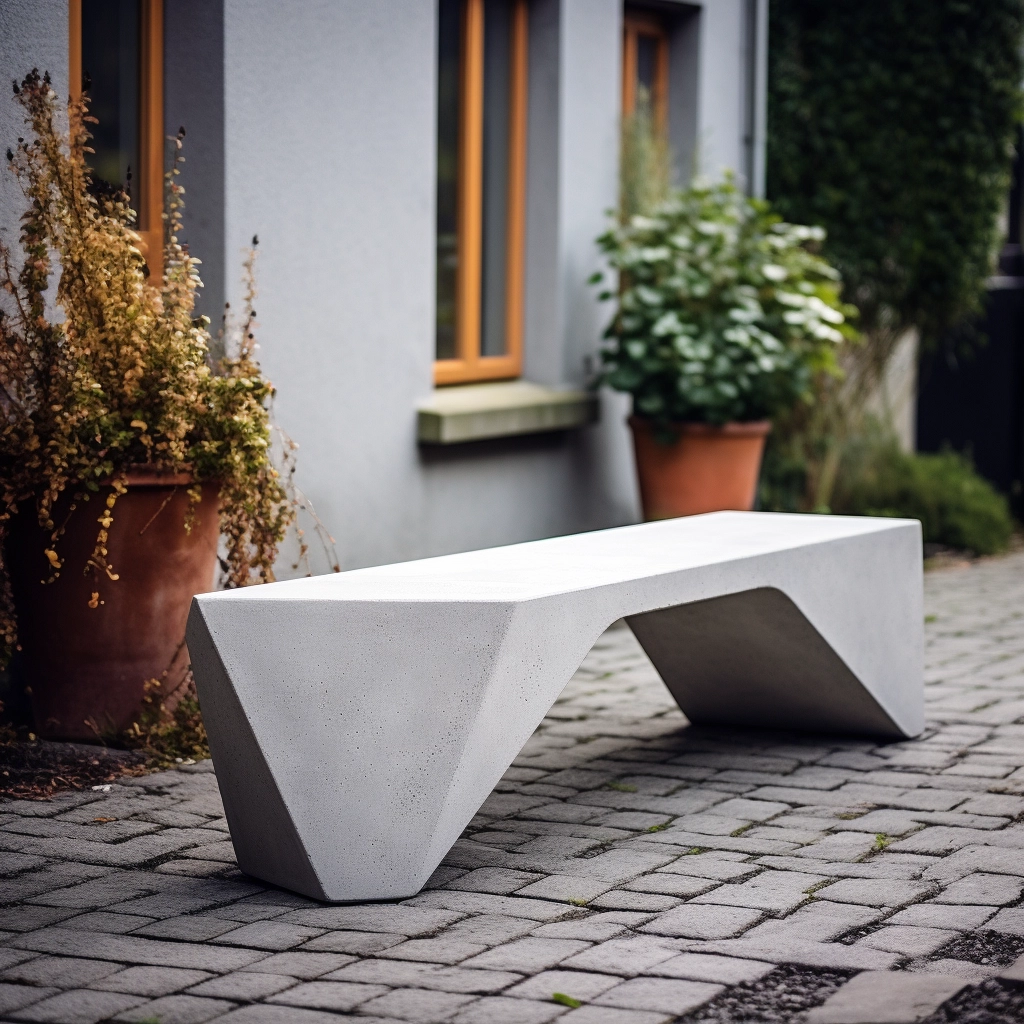
MACt’s dedication to pioneering within the realm of GFRC is manifest in its development of bespoke mixtures and application methodologies, each meticulously tailored to meet the nuanced demands of urban development projects. Collaborative engagement with clients ensures that each GFRC solution not only aligns with the envisioned aesthetic but also upholds the utmost standards of sustainability and performance. MACt’s approach reflects a deep understanding of the material’s capabilities and a commitment to pushing its boundaries in urban applications.
Transformative Projects Shaping Urban Skylines
Advancing Urban Landscapes with GFRC
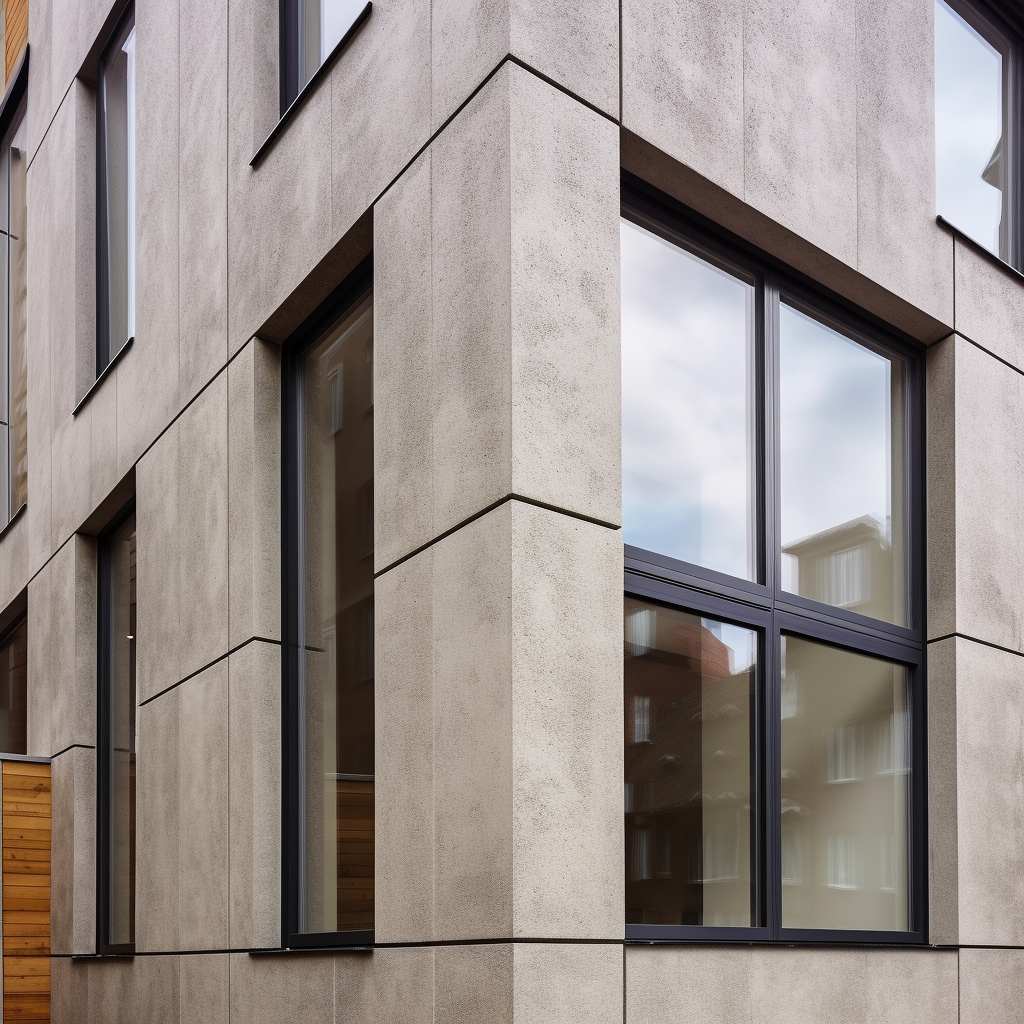
The role of GFRC in fostering sustainable urban development is profound. Its production is marked by energy efficiency, and the longevity of GFRC products significantly diminishes the ecological footprint of urban structures. This aligns seamlessly with global initiatives aimed at promoting green building practices and addressing the challenges of climate change. As urban planners and developers increasingly prioritise sustainability, GFRC stands out as a material that harmonises environmental stewardship with architectural ambition.
The Future of Urban Design with GFRC
The evolution of cities is intrinsically linked to the materials that shape them. GFRC, with its versatility and sustainability, is poised to play a central role in the future of urban design. Its ability to adapt to various architectural styles and climates positions it as an ideal choice for the ever-changing landscape of urban development. Looking ahead, GFRC promises a future where sustainable construction and design excellence are not just envisioned but realised, paving the way for urban environments that are as sustainable as they are aesthetically compelling.
Envisioning the Future of Urban Landscapes with GFRC
GFRC is more than a material; it is a transformative force in urban construction and design. Under the guidance of MACt, the potential of GFRC to sculpt greener, more vibrant urban environments is being unlocked. As we embrace the possibilities offered by GFRC, we edge closer to the realisation of cities that embody the pinnacle of human creativity and environmental consciousness. The journey of GFRC in urban landscapes is just beginning, and its promise for the future is as boundless as our collective imagination.
